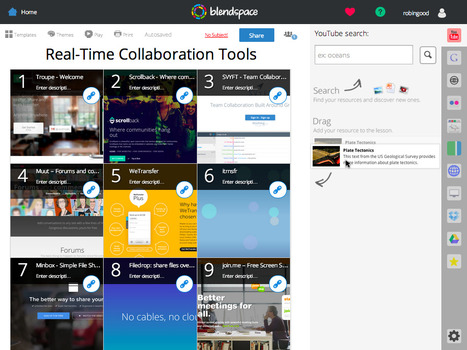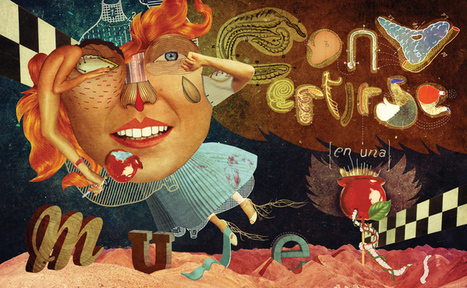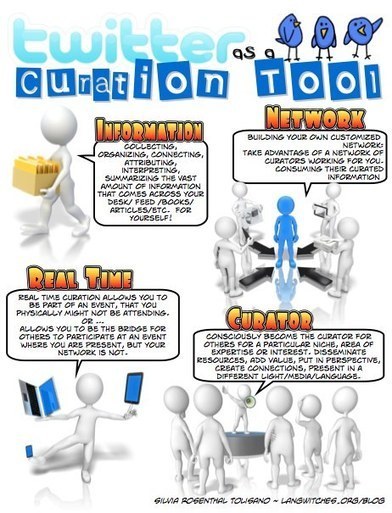Get Started for FREE
Sign up with Facebook Sign up with X
I don't have a Facebook or a X account
 Your new post is loading... Your new post is loading...
 Your new post is loading... Your new post is loading...
Sample Student's curator insight,
May 5, 2015 10:14 PM
We often ask our students to create annotated bibliographies, and this focuses on their capacity to evaluate and make decisions about the validity, reliability and relevance of sources they have found. using Scoop.it, we can ask them to do much the same thing, but they will publish their ideas for an audience, and will also be able to provide and use peer feedback to enhance and tighten up their thinking. This is relevant to any curriculum area. Of course it is dependent on schools being able to access any social media, but rather than thinking about what is impossible, perhaps we could start thinking about what is possible and lobbying for change.
Sample Student's curator insight,
May 5, 2015 10:18 PM
We often ask our students to create annotated bibliographies, and this focuses on their capacity to evaluate and make decisions about the validity, reliability and relevance of sources they have found. Using Scoop.it, we can ask them to do much the same thing. But they will publish their ideas for an audience, and will also be able to provide and use peer feedback to enhance and tighten up their thinking. This is relevant to any age, and any curriculum area. Of course it is dependent on schools being able to access social media. But rather than thinking about what is impossible, perhaps we should start thinking about what is possible, and lobbying for change. Could you use a Scoop.it collection as an assessment task? |

Andrea Walker's curator insight,
May 17, 2013 10:56 PM
By using lists lists and hash tags effectively twitter can be u useful curation tool. Storify another mentioned in this article could also be a useful tool to curate twitter content 
Andreas Kuswara's comment,
June 11, 2013 9:22 PM
I supposed twitter can be used or any tool can be used for anything,but some tools are made with certain intended affordance by the creator that would make the tool less effective for certain functions. curation in a way is capturing things void of time (i probably drawing too much from museum), while twitter is fast pace timeline of interactive (or one way) discourse.... they seems to be inherently different.
i'm just automatically sceptical when 'one tool can be use for all' theme appear. but it is an interesting suggestion. |















Blendspace is a web-based content curation tool, designed specifically for educators and teachers. Blendspace sits somewhere between Pinterest and Storify as its power and simplicity make it easy to search multiple sources, import content and visually display it and organize it into boards.
Its unique strength resides in:
Very easy and intuitive to use, makes the research and collection task intuitive, and organization, presentation and publishing very effective.
I really like how Blendspace works and the results it produces. If you are looking for visual tool to create collections of resources on a specific topic for your class or training program, I'd give Blendspace a try.
Try it out now: https://www.blendspace.com/
Added to Curation Tools for Education inside Content Curation Tools Supermap
Many great ideas on how you curate info for different purposes - research, reminder, wish list etc